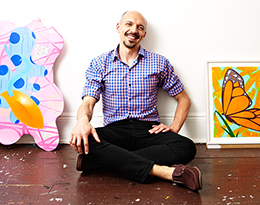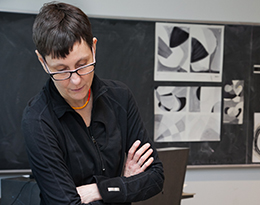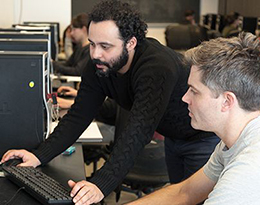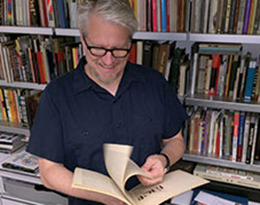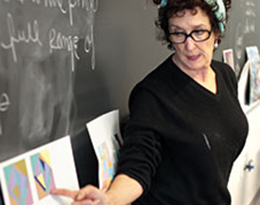News & Blog: Barry Lewis
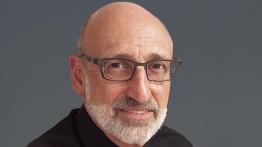
Barry Lewis teaches New York History (photo by Dianne Ardnt)
|
People have been drawn to Barry Lewis’s course on New York City history for the past 20 years. The popularity of the class, Lewis believes, is a result of New York’s ever-changing landscape. “New York is a city that erases history so fast,” he says. “You go away for two weeks, and things have changed. So people like to know that there’s a story for everything they see around them.” He has noticed that the lectures about New York City before the Civil War often surprise students: “It’s a tremendously fascinating period when the country made amazing technological strides,” he says. “The steamship and the railroad revolutionized the whole idea of distance.” It was also when the first large wave of Irish immigrants arrived in the United States, and faced enormous prejudice. “Problems we still contend with started in that era: the property, the police brutality, the pollution. Students are shocked by that.” Lewis, who is notable not only for his exhaustive knowledge of the city’s architectural history but also for his unwavering energy, is enthusiastic about good buildings of all periods, but he points out that “what makes New York City distinctive are the older buildings.” Newer ones, he says, tend not to be specific to location but can be situated in multiple spots around the globe. While he adds some 21st century buildings to his lectures, including Renzo Piano’s New York Times building, his later lectures have been revised to incorporate the city’s remarkable developments of public space around the city. In the last 20 years, New York has seen what he characterizes as a revolution in excellent outdoor facilities. While he includes the High Line, Brooklyn Bridge Park, and other well-known projects, he is equally impressed with the small “parklets” and squares that have become vital spaces. “I remember when Herald Square was pigeon-infested—it was the Jackson Pollack of pigeon droppings,” says Lewis, a native New Yorker. Now it is a charming outdoor plaza for resting, eating and people watching. “The flowering of public space amazes me,” he says. “Luxury condos don’t.” |

